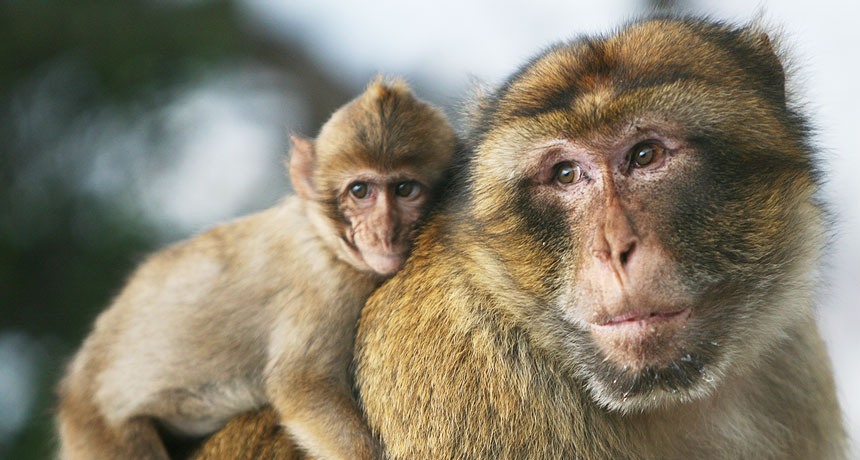‘Monkeytalk’ invites readers into the complex social world of monkeys
Researcher shares stories of science and life in the field

MONKEY-BACK RIDE In a new book, a primatologist discusses what’s known about intelligence and social behavior in several monkey species, including Barbary macaques (shown).
Karyn Sig/Wikimedia Commons (CC BY 2.0)







